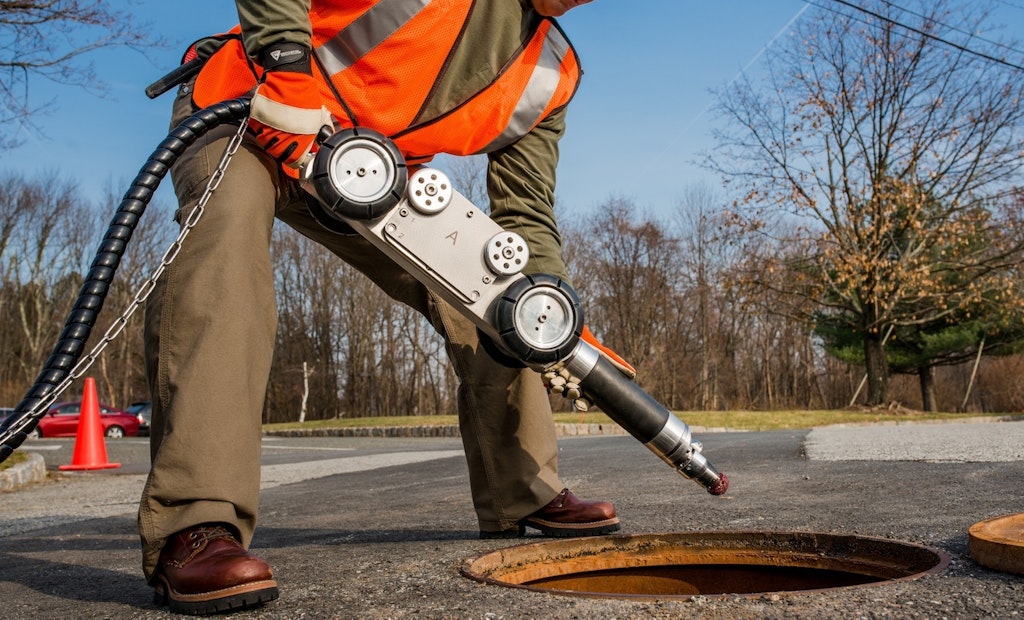Interested in Rehab/Relining?
Get Rehab/Relining articles, news and videos right in your inbox! Sign up now.
Rehab/Relining + Get AlertsYou wouldn’t cure CIPP with a hair dryer. So why would you reinstate services with the wrong bit? Different cutter bits provide operators with the versatility to work on a variety of pipeline rehab projects. Available in a range of shapes and sizes, each cutter bit is designed for a specific use. Even though many operators end up relying on a select few bits, knowing the various cutter bits’ purposes can increase the quality of rehab, productivity of operators and lifetime of the cutter.
Cutter bits are optimized for various pipe materials. From concrete and stone to metal and plastic, cutter bits specialized for one material may not be suitable for another. Not only is a bit intended for plastic going to have difficulty getting through stone, the harder surface will cause excessive wear and tear on the cutter, decreasing productivity and making the bit less reliable for future use. Alternately, a bit intended for grinding down offsets in cast iron will certainly reinstate services in a CIPP liner with ease, but it may also grind straight through the liner to damage the host pipe underneath.
While cutter bits are differentiated by pipeline material, they also have specific functions. Rehabilitation cutters tackle a range of pipeline problems:
- Grinding offsets, protruding taps and general defects
- Cutting felt liners, roots and calcification
- Removing failed liners
- Finishing lines
Each cutter bit has a different shape to best accomplish its designated task. Spherical, half-globe bits can be used for various purposes, conical bits cut both pipeline and felt liners, and brushes are equipped for finishing. In addition to material and purpose, cutter and bit size will dictate what pipelines they can enter. Pipeline diameter limits how a cutter can maneuver and articulate itself to perform rehab. Bits that are too small for the pipe will interfere with productivity; bits that are too large interfere with the cutter’s ability to perform rehab and can damage pipes. Taking into account intended material, bit shape and size are all important steps in using a cutter most effectively.
Purchasing a rehabilitation cutter requires a significant investment. One way to ensure that you protect that investment is by utilizing the right cutter bit. Doing your research will not only help the machine and parts last longer but will also make rehabilitation go smoothly. For on-the-job guidance, be sure to get Pipeline Renewal Technologies’ free Rehab Cutter Bit Selection Guide to hang in your workspace or vehicle. This poster makes it easy to reference which cutter bit can tackle which rehabilitation project.





